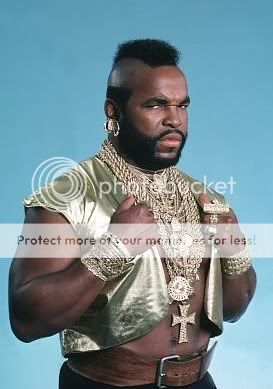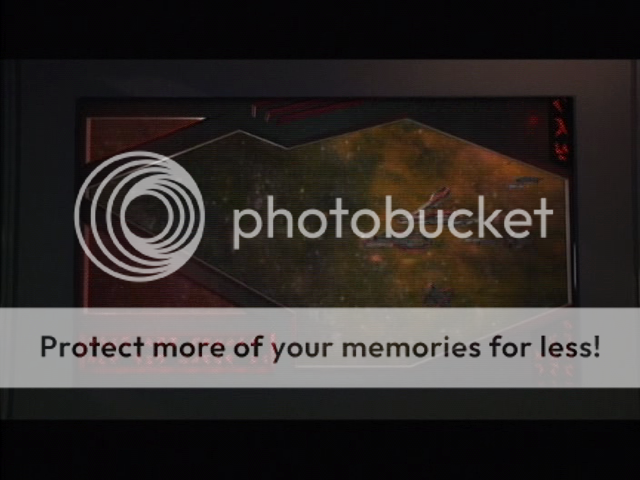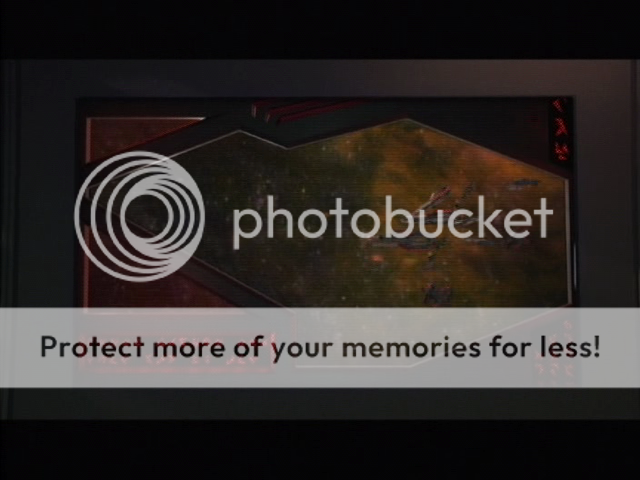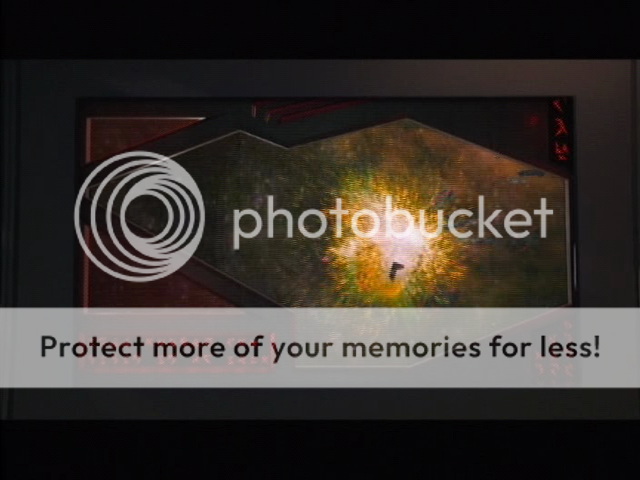WCX
Rear Admiral
I completely agree with your assessments. It is indeed a fine line we are treading.
The phrase “huma ta humas”, which is stated to be from an archaic form of the language.
This might also be an example of comparing Old English to Modern English, which is sure to create problems itself.
There’s also the possibility that certain names or phrases are so old or obscure that the real meaning behind the word is long since forgotten. This occurs in Modern Japanese, with many of the greetings and pleasantries reach so far back into the mists of time that few today know the actually meaning behind the word for “hello”.
However, some or all of these ‘archaic’ words might still be used by certain circles. For example, Latin is a like an aunt (or maybe great-aunt) to English, yet English makes use of quite a Latin words and phrases (mostly in legal and writing circles).
Mainly, I set out to decipher as much of the language as I could with the limited lexical pool. Granted this may lead to many false ends, but at least it’s a start, as I attempt to derive possible meanings from words or sentences with hereunto unknown meanings.
As for the writing styles, there are a few vague similarities between the WC3 / CCG writing style and that seen in the movie, though if there is any relation it’s probably similar to Latin and Cyrillic alphabets deriving from the Greek one.
The only time we see two different writing systems used together are on the Tome of Sivar. But undoubtedly there exists three distinct writing systems employed by the Kilrathi. It’s possible that The Kilrathi use these different writing systems interchangeably for different reasons or functions.
For a historical human example, lets look at the Ancient Egyptians, who used three (four I guess) different writing systems in their history:
-Hieroglyphs (“Sacred Carvings”), which represent real or illusional elements, sometimes stylized and simplified, but all generally perfectly recognizable in form.
However, the same sign can, according to context, be interpreted in diverse ways: as a phonogram (phonetic reading), as a logogram, or as an ideogram (semagram; "determinative") (semantic reading). The determinative was not read as a phonetic constituent, but facilitated understanding by differentiating the word from its homophones.
-Hieratic ("priestly writing"), was a cursive writing system (not to be confused with cursive hieroglyphs) developed alongside the hieroglyphic system, used only for religious texts.
-Demotic (document writing) which was used for literary and religious purposes, and would influence the design of many letters in the later Coptic alphabet.
Japanese is an even more complicated example, with no less than 5 writing systems uses in its history (nearly all at the same time!). These include:
-Kanji, which literally means "Han characters", is the Japanese name for the
Chinese characters that are used in the modern Japanese logographic writing system.
-Katakana, "fragmentary kana", a syllabarie derived from components of more complex Kanji. For a long time katakana was used alongside Kanji for official documents.
Today it is used only for writing foreign words and names.
-Hiragana, a syllabarie also derived from the more complex Kanji, this fluid style known as “women’s writing” would later be used for unofficial writing such as personal letters, though it was later used for more than a few literary works.
Today it is used for writing native Japanese words and names.
- There also exists a style called Hentaigana, ("variant kana") which are historical variants of modern standard hiragana and were used more or less interchangeably with their standard equivalents on an ad hoc, individual basis until 1900, when the hiragana syllabary was standardized.
Hentaigana are considered obsolete, but a few marginal uses remain. For example, many soba shops use hentaigana to spell “kisoba” on their signs. Hentaigana are used in some formal handwritten documents, particularly in certificates issued by classical Japanese cultural groups (e.g., martial art schools, etiquette schools, religious study groups, etc.). Also, they are occasionally used in reproductions of classic Japanese texts, or like blackletter in English and other Germanic languages to give an archaic flair. However, most Japanese people are unable to read hentaigana, only recognizing a few from their common use in shop signs, or figuring them out from context.
-Rōmaji, the use of the Latin alphabet to write the Japanese language. Unfortunately, there are several slightly different systems out there.
-Furthermore, Indo-Arabic numerals are used interchangeably with Chinese ones.
I for one would not find it strange at all to see two or more of the Kilrathi writing styles used in tandem. It’s possible that the “line and dash” style seen in the cockpit is supposed to represent the style seen in the movie. It could also be related to the archaic for seen on the Tome of Sivar. If this is the case, then it could mean that this style, like the Hentaigana, represents an archaic for.
It could also be a form used by the religious (female?) portion of Kilrathi society.
If this is the case, then the writing in the Kilrathi cockpit might be a poem or holy charm or some sort.
Lets see…
Ok, so I laughed at the “excited seal” part.
Maybe I just have an ear for these things, but I actually hear snippets of Japanese or possibly Korean in the Kilrathi dialogue. Granted the “excited seal” sound comes from the fact that the Kilrathi in the movie speak in an eerily flanged, deepened register (the hallmark of any bad guy). As heard in the movie and in WC3, the Kilrathi do quite a bit of sub vocalization, low pitch growls and such (and the Emperor sounded like a bobcat or maybe this unpleasant feline: http://www.youtube.com/watch?v=7UBNBfJjbBE&feature=related )
Anyway, try listening to the Kilrathi dialogue an force yourself to ignore or hear-through the ‘excited seal’ sounds and you will hear distinct words being spoken.
I know it sounds like growly gobbledygook, but that’s close to what Hunter described in Freedom Flight, and matches the nearly unpronounceable dialogue listed in the same novel.
Again, I’m not saying that these two are necessarily the same thing. To date, I have yet to find a part of the official Kilrathi lexicon or any discoveries of my own appearing in the movie. But I think the movie and the games provide some clues as how to speak it.
Try saying "K'rakh drish'kai rai h'ra!" like you’re gargling some marbles and you get similar ‘excited seal’ sounding dialogue.
The clean-cut “kn’thrak” lacks the other Kilrathi vocal features. If you read it as a word in English, you wouldn’t get the same sound. I guess a comparison is to listen to Hobbes, Thrakhath, and Melek speak English. Note how it sounds a little…off.
While it would be nice to see an IPA system set up for “non-human sounds”, I guess we just have to wing it.
The phrase “huma ta humas”, which is stated to be from an archaic form of the language.
This might also be an example of comparing Old English to Modern English, which is sure to create problems itself.
There’s also the possibility that certain names or phrases are so old or obscure that the real meaning behind the word is long since forgotten. This occurs in Modern Japanese, with many of the greetings and pleasantries reach so far back into the mists of time that few today know the actually meaning behind the word for “hello”.
However, some or all of these ‘archaic’ words might still be used by certain circles. For example, Latin is a like an aunt (or maybe great-aunt) to English, yet English makes use of quite a Latin words and phrases (mostly in legal and writing circles).
Mainly, I set out to decipher as much of the language as I could with the limited lexical pool. Granted this may lead to many false ends, but at least it’s a start, as I attempt to derive possible meanings from words or sentences with hereunto unknown meanings.
As for the writing styles, there are a few vague similarities between the WC3 / CCG writing style and that seen in the movie, though if there is any relation it’s probably similar to Latin and Cyrillic alphabets deriving from the Greek one.
The only time we see two different writing systems used together are on the Tome of Sivar. But undoubtedly there exists three distinct writing systems employed by the Kilrathi. It’s possible that The Kilrathi use these different writing systems interchangeably for different reasons or functions.
For a historical human example, lets look at the Ancient Egyptians, who used three (four I guess) different writing systems in their history:
-Hieroglyphs (“Sacred Carvings”), which represent real or illusional elements, sometimes stylized and simplified, but all generally perfectly recognizable in form.
However, the same sign can, according to context, be interpreted in diverse ways: as a phonogram (phonetic reading), as a logogram, or as an ideogram (semagram; "determinative") (semantic reading). The determinative was not read as a phonetic constituent, but facilitated understanding by differentiating the word from its homophones.
-Hieratic ("priestly writing"), was a cursive writing system (not to be confused with cursive hieroglyphs) developed alongside the hieroglyphic system, used only for religious texts.
-Demotic (document writing) which was used for literary and religious purposes, and would influence the design of many letters in the later Coptic alphabet.
Japanese is an even more complicated example, with no less than 5 writing systems uses in its history (nearly all at the same time!). These include:
-Kanji, which literally means "Han characters", is the Japanese name for the
Chinese characters that are used in the modern Japanese logographic writing system.
-Katakana, "fragmentary kana", a syllabarie derived from components of more complex Kanji. For a long time katakana was used alongside Kanji for official documents.
Today it is used only for writing foreign words and names.
-Hiragana, a syllabarie also derived from the more complex Kanji, this fluid style known as “women’s writing” would later be used for unofficial writing such as personal letters, though it was later used for more than a few literary works.
Today it is used for writing native Japanese words and names.
- There also exists a style called Hentaigana, ("variant kana") which are historical variants of modern standard hiragana and were used more or less interchangeably with their standard equivalents on an ad hoc, individual basis until 1900, when the hiragana syllabary was standardized.
Hentaigana are considered obsolete, but a few marginal uses remain. For example, many soba shops use hentaigana to spell “kisoba” on their signs. Hentaigana are used in some formal handwritten documents, particularly in certificates issued by classical Japanese cultural groups (e.g., martial art schools, etiquette schools, religious study groups, etc.). Also, they are occasionally used in reproductions of classic Japanese texts, or like blackletter in English and other Germanic languages to give an archaic flair. However, most Japanese people are unable to read hentaigana, only recognizing a few from their common use in shop signs, or figuring them out from context.
-Rōmaji, the use of the Latin alphabet to write the Japanese language. Unfortunately, there are several slightly different systems out there.
-Furthermore, Indo-Arabic numerals are used interchangeably with Chinese ones.
I for one would not find it strange at all to see two or more of the Kilrathi writing styles used in tandem. It’s possible that the “line and dash” style seen in the cockpit is supposed to represent the style seen in the movie. It could also be related to the archaic for seen on the Tome of Sivar. If this is the case, then it could mean that this style, like the Hentaigana, represents an archaic for.
It could also be a form used by the religious (female?) portion of Kilrathi society.
If this is the case, then the writing in the Kilrathi cockpit might be a poem or holy charm or some sort.
Lets see…
Ok, so I laughed at the “excited seal” part.
Maybe I just have an ear for these things, but I actually hear snippets of Japanese or possibly Korean in the Kilrathi dialogue. Granted the “excited seal” sound comes from the fact that the Kilrathi in the movie speak in an eerily flanged, deepened register (the hallmark of any bad guy). As heard in the movie and in WC3, the Kilrathi do quite a bit of sub vocalization, low pitch growls and such (and the Emperor sounded like a bobcat or maybe this unpleasant feline: http://www.youtube.com/watch?v=7UBNBfJjbBE&feature=related )
Anyway, try listening to the Kilrathi dialogue an force yourself to ignore or hear-through the ‘excited seal’ sounds and you will hear distinct words being spoken.
I know it sounds like growly gobbledygook, but that’s close to what Hunter described in Freedom Flight, and matches the nearly unpronounceable dialogue listed in the same novel.
Again, I’m not saying that these two are necessarily the same thing. To date, I have yet to find a part of the official Kilrathi lexicon or any discoveries of my own appearing in the movie. But I think the movie and the games provide some clues as how to speak it.
Try saying "K'rakh drish'kai rai h'ra!" like you’re gargling some marbles and you get similar ‘excited seal’ sounding dialogue.
The clean-cut “kn’thrak” lacks the other Kilrathi vocal features. If you read it as a word in English, you wouldn’t get the same sound. I guess a comparison is to listen to Hobbes, Thrakhath, and Melek speak English. Note how it sounds a little…off.
While it would be nice to see an IPA system set up for “non-human sounds”, I guess we just have to wing it.

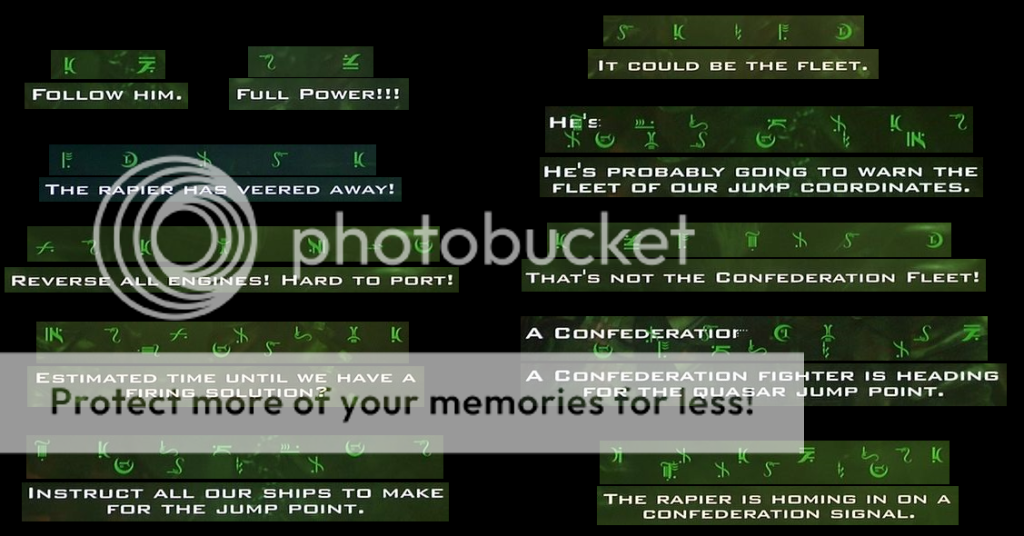
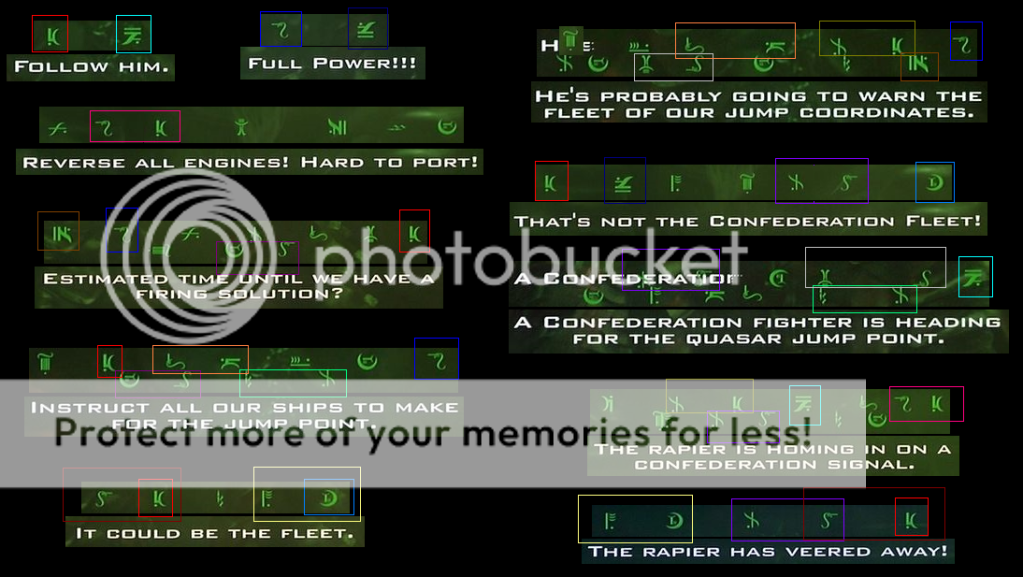
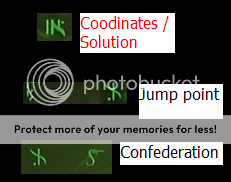
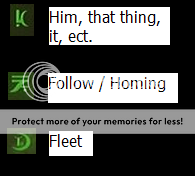


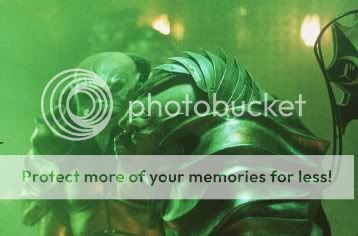
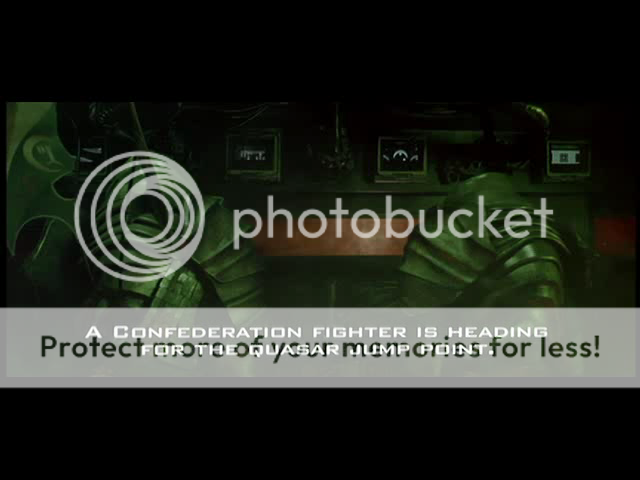

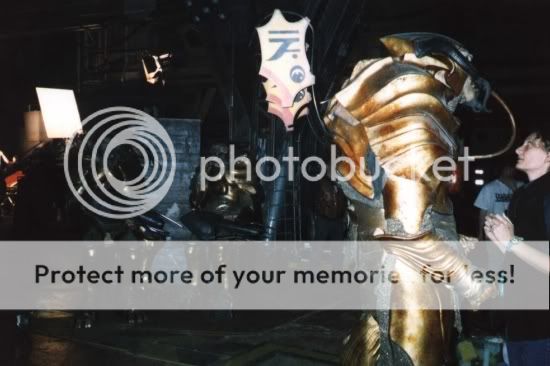

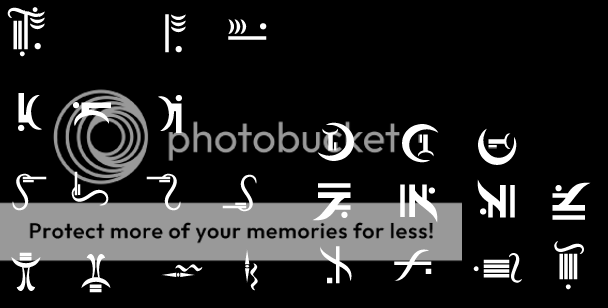
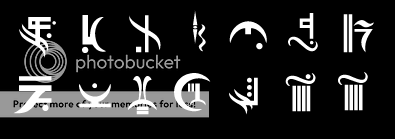
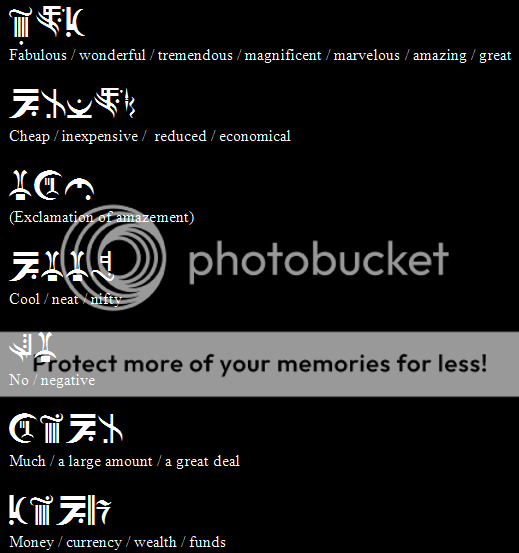




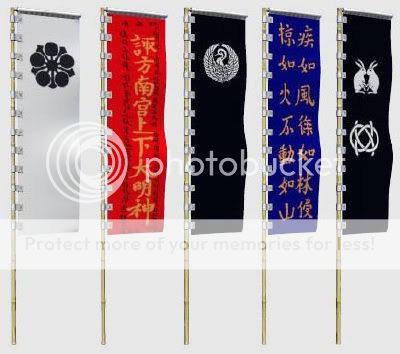
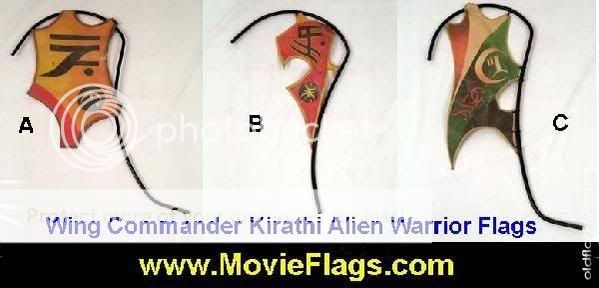




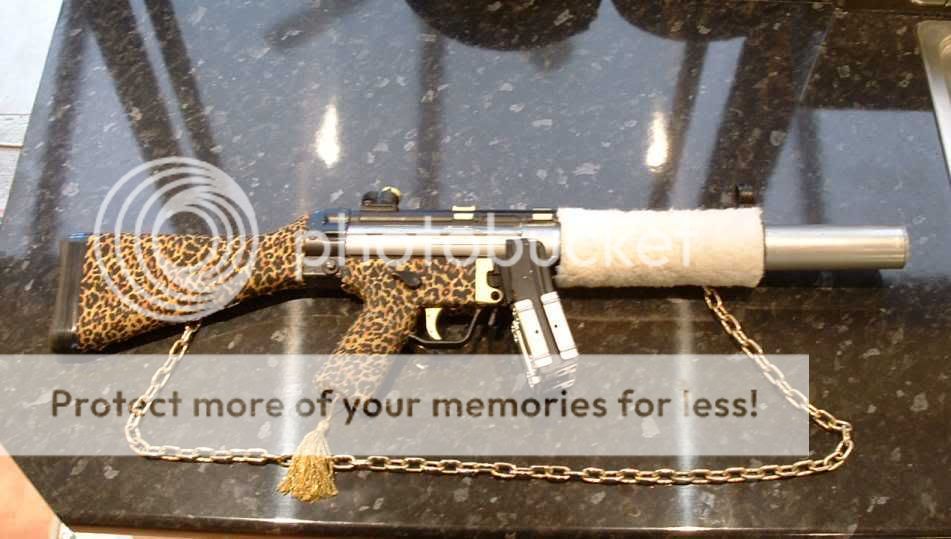
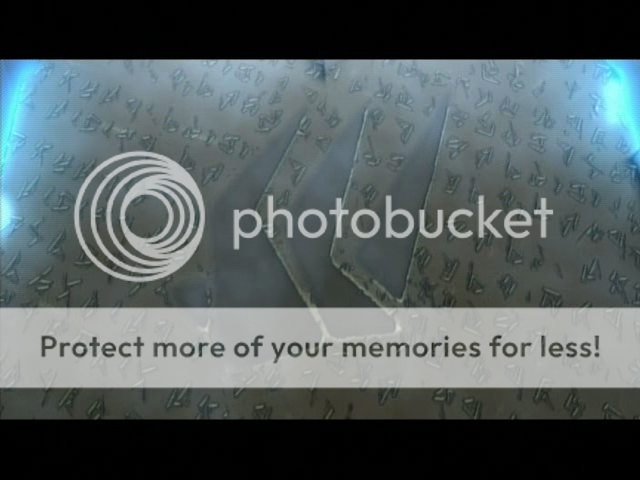
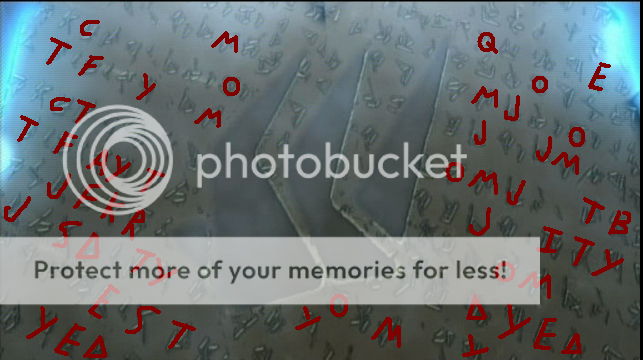
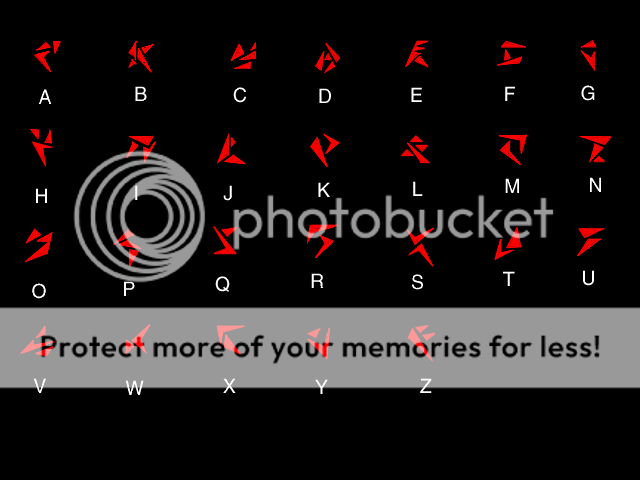
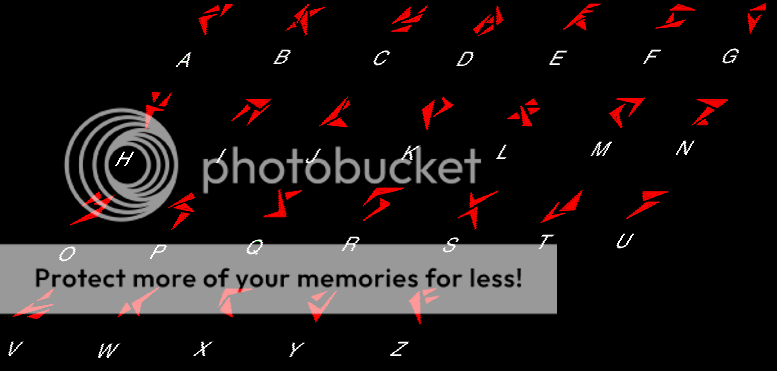

 .
.